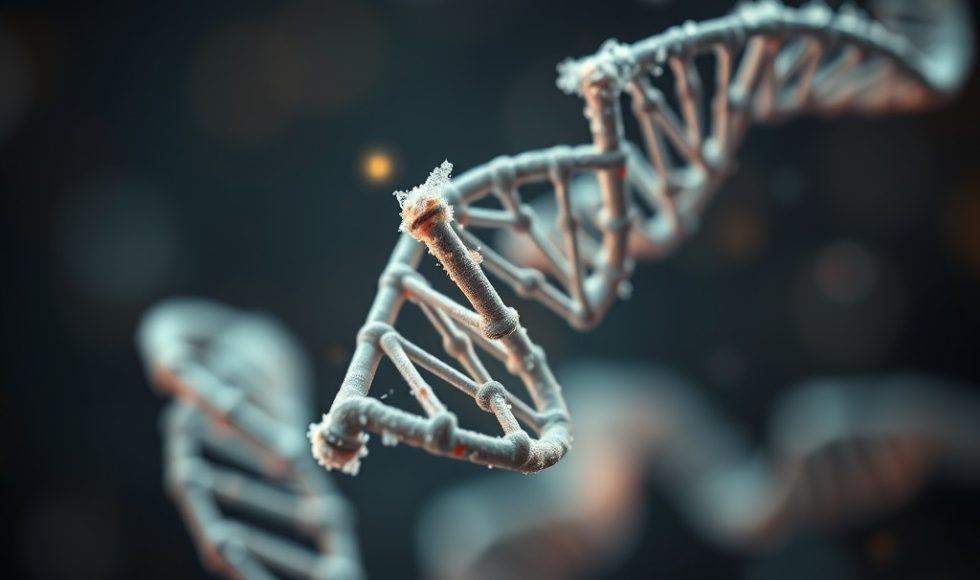Chun-Chieh Lin from Dartmouth Health spoke at the Nanopore Community Meeting in Boston on “Nanopore-based random genomic sampling for intraoperative diagnosis of brain tumors and beyond.” They focused on copy number and methylation alterations. Lin explained that copy number variation (CNV) is a common variant. Current approaches are karyotyping and comparative genomic hybridization, targeted with […]
Vivien Horvath from Lund University in Sweden presented at the Nanopore Community Meeting in Boston. The title of the session was “Studying disease-causing polymorphic transposable element insertions using nanopore sequencing.” They work on X-linked Dystonia-Parkisonism (XDP), an adult-onset neurogenerative disorder. Interestingly, it affects mostly males from Panay, Philippines, and is characterized by neuronal cell loss […]
Wanqing Shao from Boston Children’s Hospital presented at the Nanopore Community Meeting on “Maximizing the power of genomic sequencing in pediatric rare disease.” Shao is a Genomics Scientist working in a collaborative team: the Children’s Rare Disease Collaborative (CRDC). They are interested in rare and complex diseases that are often misdiagnosed. Shao also noted that […]
Nikhita Damaraju from the University of Washington in Seattle presented at the Nanopore Community Meeting in Boston. The session’s title was “Evaluating the quality of long-read phasing methods in clinically relevant genes.” They explained that variants are inherited in equal measure. Damaraju defined phasing as the process of assigning variants to parental copies. Understanding which […]
J. (Gus) Gustafson from the University of Washington spoke at the Nanopore Community Meeting in Boston about “needLR: a structural variant filtering and prioritization tool for long-read sequencing data.” They noted that half of suspected Mendelian conditions remain undiagnosed after current clinical testing methods. The Miller Lab at the University of Washington uses Oxford Nanopore […]
Tonight, I watched Qiliang (Andy) Ding from the Mayo Clinic present at the Nanopore Community Meeting in Boston. The session’s title was “Resolving structural configurations of DMD intragenic duplications through nanopore long-read sequencing.” Ding is a Laboratory Genomics Fellow. Ding noted that the DMD gene encodes dystrophin, an essential protein for muscle function. This gene is associated […]
Karine Choquet from the University of Sherbrooke in Canada presented at the Nanopore Community Meeting in Boston. The session’s title is “Genetic regulation of nascent RNA maturation revealed by direct RNA sequencing.” Newly synthesized RNAs are exported to the cytoplasm for translation. The research team was interested in learning more about RNA processing and poly(A) […]
Alisa MacCalman from the University of Exeter in the UK presented at the Nanopore Community Meeting in Boston this year. The title of the session is “Understanding the binding of multiple transcription factors by base-pair-resolution chromatin accessibility.” The lab is interested in regulatory regions of the genome and how they help encode the diversity of […]
Jack Colicchio from Sound Agriculture in the US presented at the Nanopore Community Meeting in Boston on “DNA methylation patterns explain missing heritability in maize.” This ten-minute session was part of a breakout group. Colicchio spoke about the need for more resilient crops to address pollution, climate change, and population changes. They spoke about how, […]
Gabriela Pozo from the University of San Francisco de Quito in Ecuador presented at the Nanopore Community Meeting in Boston. The session’s title was “Obtaining reference genomes of emblematic and endangered Ecuadorian species.” Pozo noted that Ecuador is one of the seventeen megadiverse countries globally. However, conservation efforts are also needed. Genomics, noted Pozo, can […]











